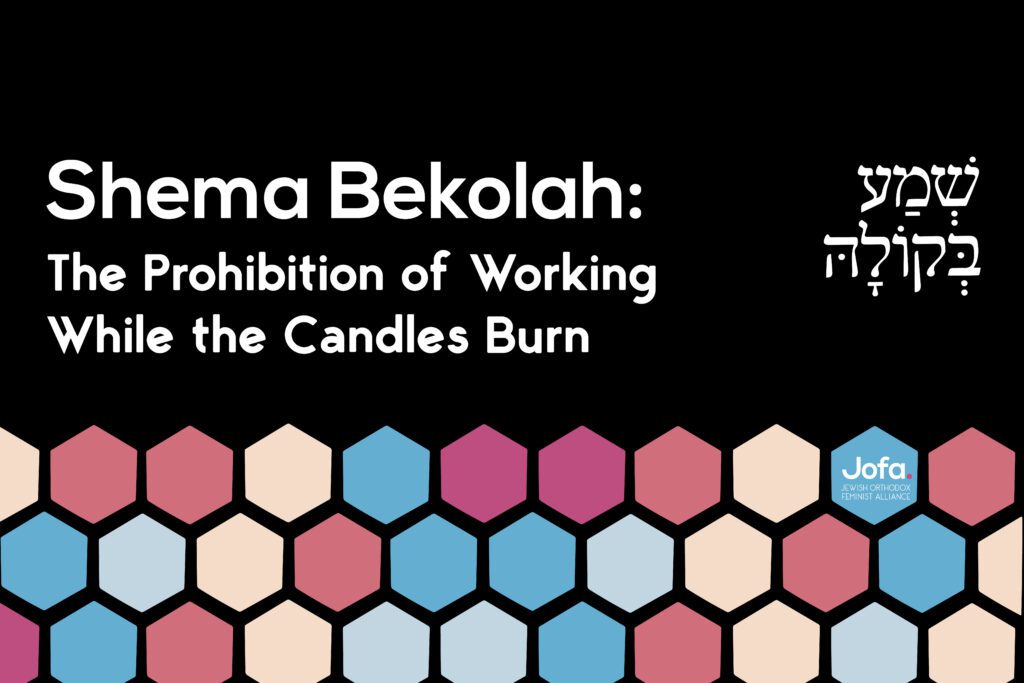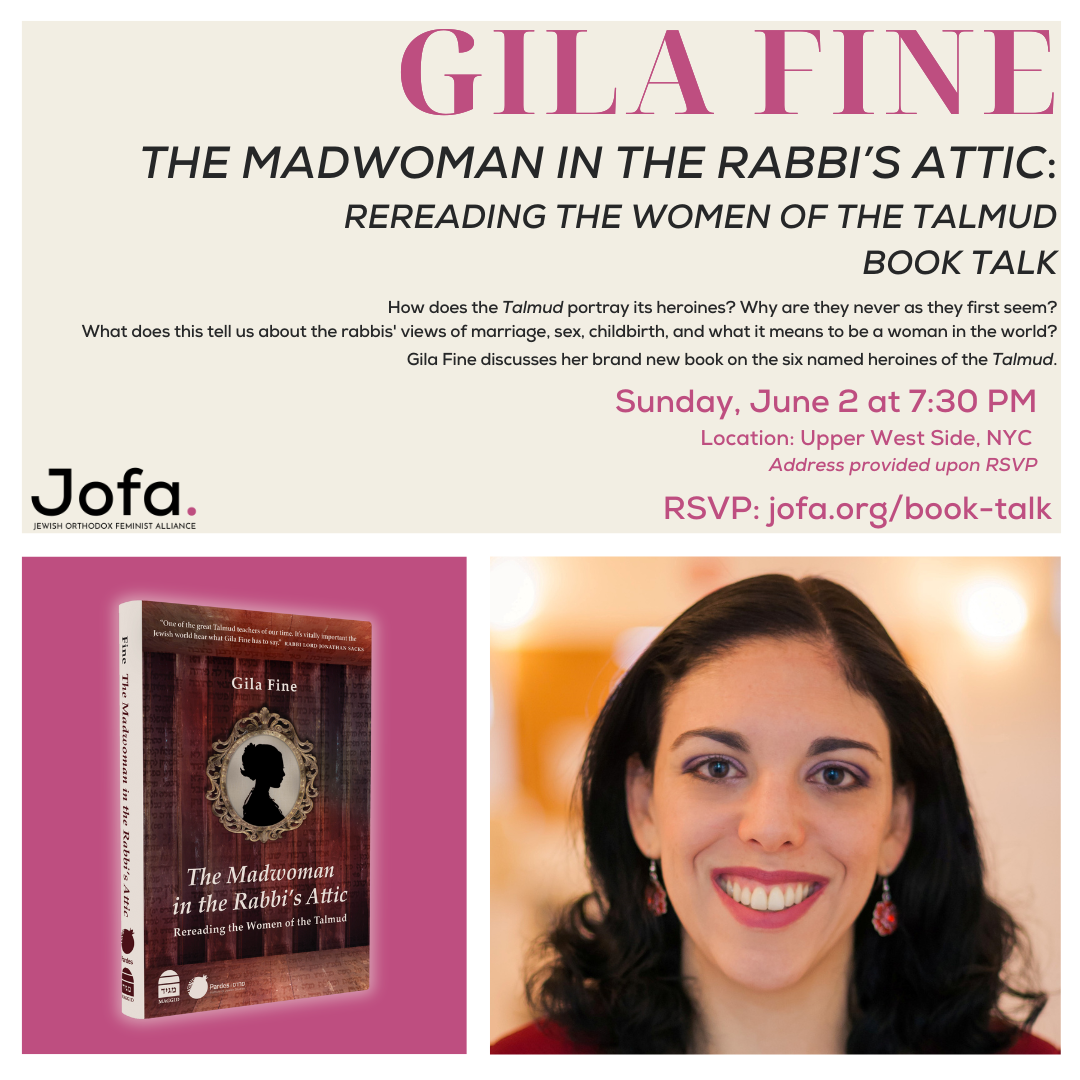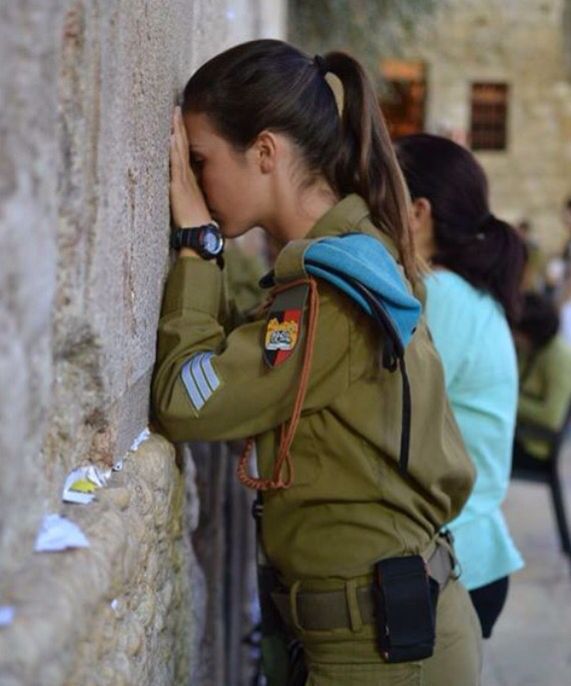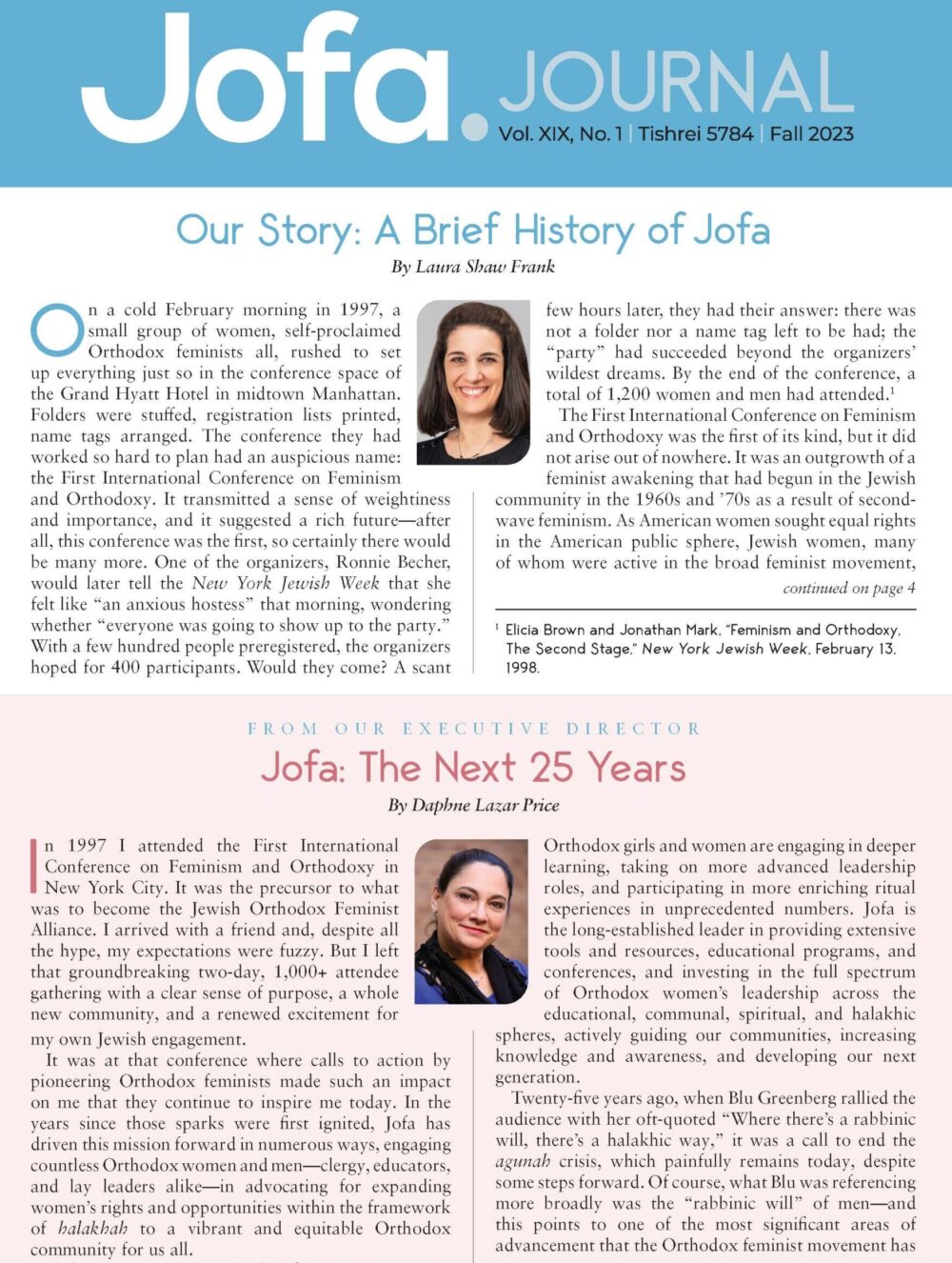by Bruria Spraragen
Ronda Angel Arking, Editor
Hanukkah today is one of the most well-known and commercially promoted holidays. We do not think of Hanukkah as a new holiday; each family has well-established Hanukkah traditions. Yet, of all the holidays we celebrate, Hanukkah has the least textual basis. The apocryphal writing, The Book of Maccabees, was never canonized, and there is minimal reference in the Mishna to the holiday. As one begins to look through the halakhot pertaining to Hanukkah, there is an evident uniqueness to the holiday. Hanukkah is a quasi-Yom Tov, in which we say Hallel for all eight days but are permitted to do melakha.
Since we do not have a canonized text that tells us the correct way to follow the laws of Hanukkah, many practices are later developments with unclear origins. One such example is the custom of women refraining from doing melakha for the first half an hour succeeding candle lighting. This custom is interesting given that Hanukkah is a rabbinical holiday, like Purim, with no prohibition of doing work. Where did this minhag come from, and why is it specific to women?
The Talmud refers to the days of Hanukkah as “ימים טובים בהלל והודאה”—holidays with a recitation of Hallel and thanksgiving. Rashi comments on these words that they do not mean that there is a prohibition of doing work; rather, they mean that one should recite Hallel and the prayer of al hanissim in thankfulness. Despite the lack of Rashi’s clarification that “yom tov” does not mean a prohibition of labor, the custom of not performing work was still developed. This custom is recorded in the Tur:
אבל מותרין הן בעשיית המלאכה ונוהגות הנשים שלא לעשות מלאכה בעוד שהנרות דולקות ואין להקל להן: וגם אם יש מקומות שנוהגין איסור בכל היום אין להקל להן משום דברים המותרים ואחרים נהגו בהן איסור אי אתה רשאי להתירם בפניהם
But, it is permissible to them in the performance of work. The women have made it a custom to not do work while the candles are burning, and we are not lenient for them. And also there are places in which it is not permitted [to do work] all day, and we are not lenient for them since things that were once permissible and are later not permitted cannot be made allowed.
Refraining from melakha when it is not prohibited is unique, and raises many questions. The Shulhan Arukh similarly records this custom, and also goes so far as to say that since women have established refraining from melakha as a common custom, we do not let them be lenient and decide to start doing melakha. Since it is a widely accepted custom, the understanding is that the prohibition of melakha is irreversible. The Beit Yosef gives context to this opinion:
ברייתא היא בפרק מקום שנהגו (פסחים נא.) וסובר רבינו שאף בדבר שאין בענינו שום צד איסור לומר דגזרו הא אטו הא מיתני׳ ומפני כך כתב דחנוכה אע”פ שאין שום זמן ממנה אסור בעשיית מלאכה לא ביום ולא בלילה אם היו נוהגים איסור בכל היום אין להקל עליהם
There is a Braitah in “perek she’nehagu” (Pesahim 51a), and our Rabbis explained that even for a matter that has no basis of a prohibition it is as if it was established. And thus, it is written about Hanukkah that even though there is no time in which work is prohibited, not at night or during the day, even if they decided not to do work for the entire day, we would not be lenient.
Based on a discussion in Masehet Pesahim, it is established that any time that a community collectively decides to make something prohibited that was previously permitted, it is then permanently prohibited. This is to avoid people being lenient in other matters. Thus, it has been firmly established that women do not perform acts that are considered melakha while the candles are burning.
There are two possible reasons for this enactment. The first possibility is since the use of the candles’ light is prohibited, women are concerned that they will accidentally use the candles’ light and thus avoid work as a reminder of the prohibition to use the light. Based on this logic, the Mishna Berurah writes that the prohibition of work should apply only as long as use of the light of the candles is forbidden.
בעוד שהנרות דולקות – בביתו כדי להכיר שאסור להשתמש לאורה והוא כחצי שעה:
“As long as the candles are lit”—in his home in order to recognize that it is prohibited to use the light, and this is around half an hour.
Based on this reasoning, all melakhot should be prohibited in this time; however, the general practice is to cook even immediately after the candles are lit. A second reason is suggested by the Magen Avraham, a commentator on the Orah Hayyim section of the Shulhan Arukh, based on the statement, “אף הן היו באותו הנס”—they [women] too were participants in the miracle. The Magen Avraham writes that since the miracle was performed “על ידיהם”—on their hands—the women refrain from doing work. The Kaf HaHayyim, a Sephardic commentary on the Shulhan Arukh, (quoting the Levush) says that the custom underscores that Hanukkah should be celebrated as a festive holiday, similar to Rosh Hodesh or Hol Hamo’ed.
כדי שלא להסיח דעתן מזכר הנס עושין לפחות אותה שעה כמו יום טוב
In order that they not distract their minds from remembering the miracle, they make at least that hour like a Yom Tov.
The Levush, who was another commentator on the Shulhan Arukh, says that women refrain from work while candles burn since they are responsible for bringing the miracle of Hanukkah. This approach, however, would seem to imply that women should not do work not only in the first half hour, but for the entire duration of the candles being lit.
The days of Hanukkah are not considered a typical Yom Tov, as they do not have many of the obligations outlined in biblical holidays. However, by pausing work for even a small amount of time each day, the holiday is elevated almost to the status of a Yom Tov. The closest comparison is Rosh Hodesh, where there too there is an idea for women to refrain from doing certain kinds of melakha—specifically those typically involved in housework—similar to hol hamo’ed. In both cases women have taken extra stringencies upon themselves, and in doing so have established a unique connection to the holiday.
Today, the prohibition of work for half an hour is less consequential than it once was. Since the work prohibited is equal to that on hol hamo’ed, cooking is permitted and families can start flipping latkes or frying bunuelos immediately after lighting candles. Housework is no longer considered melakah specific to women as it was historically, laundry for us is not a laborious endeavor, and most people are not constantly mending their clothes. Thus, the prohibition of housework for half an hour is nearly irrelevant. However, this idea that women took upon themselves a long time ago can still be brought into our lives today. We have the opportunity to take a break for half an hour after candles are lit, and bring the light of Hanukkah into our houses. Through refraining from daily activities and creating even a short amount of time that feels like Yom Tov, we can extend the initiative of women centuries ago to enhance our holiday.












